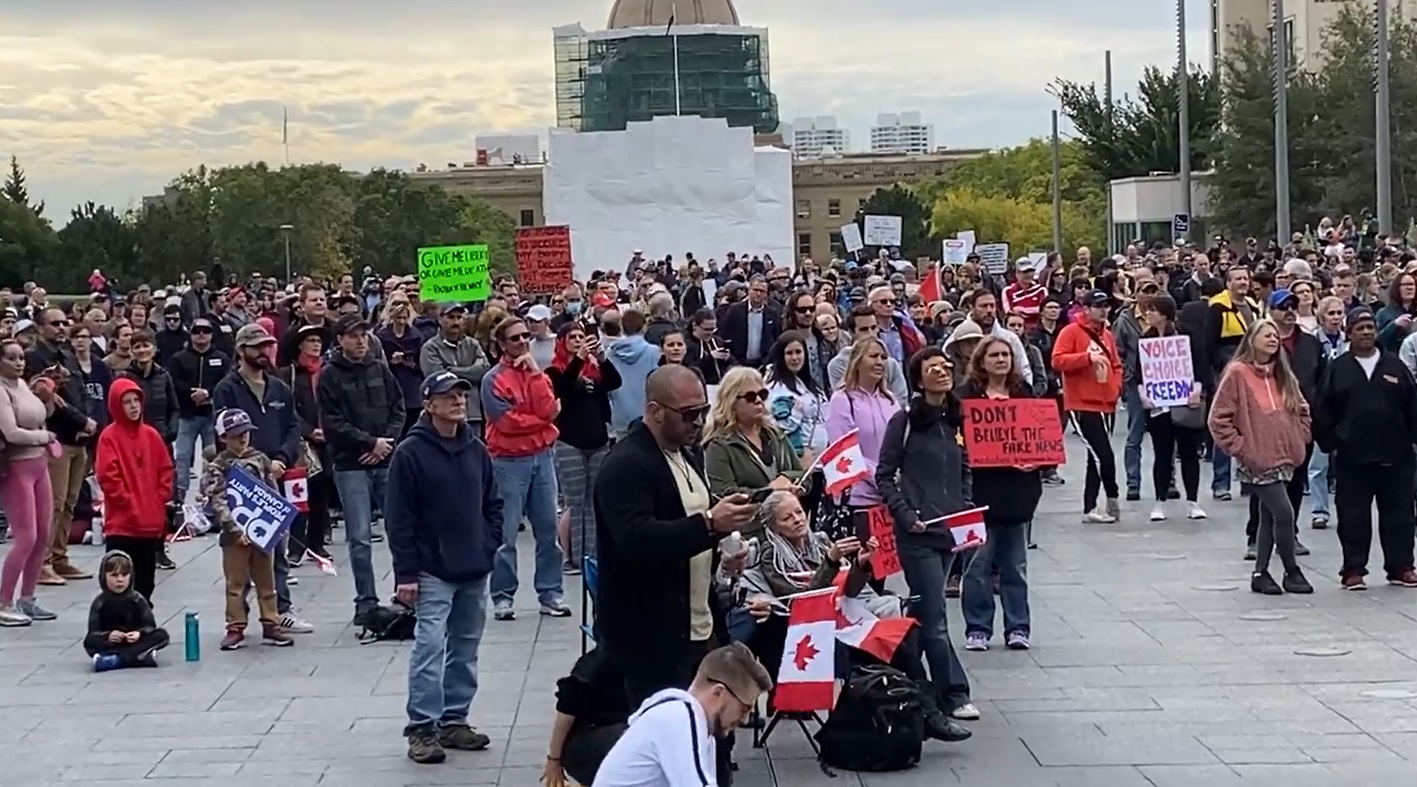Primordial Black Holes the Size of an Atom: What New Experimental Evidence Suggests

Artistic interpretation of a primordial black hole formed in the first moments of the Big Bang. Credit: NASA / G. Bacon (STScI)
Since the earliest times, human beings have wanted to explain the most unpredictable and disturbing phenomena in the universe. Although the study of astronomy has been a constant in all civilizations, astronomical events of a more “unpredictable” nature, such as comets or eclipses, were considered an “omen of misfortune” and/or “actions of the gods.”
The fall of the Saxon king Harold II in 1066, during the Norman invasion of William the Conqueror, was attributed to the bad omen from the passage of a comet (later baptized as “Halley”). And during the battle of Simancas (Valladolid, Spain) between the troops of León Ramiro II and the Caliph Ad al-Rahman in 939, a total solar eclipse caused panic among the troops on both sides, delaying the battle for several days.
How would our ancestors have reacted, then, to the existence in the universe of objects – so-called black holes – capable of swallowing everything that fell into them, including light?
While the biggest black holes have been already detected and even photographed, there is now also feasible evidence – as I show in my recent study – for tiny black holes the size of potassium atoms (with a radius of about 0.23 nanometers, equivalent to 0.23 billionth of a meter). These atomic-sized black holes were formed in the first moments of the Big Bang and may even comprise the totality of the dark matter of the universe.
Taking photos
In 2019, a collaboration of eight radio telescopes located in different parts of the world was able to take the first photo of a gigantic black hole (6.5 billion times more massive than our Sun). It is located about 55 million light years from us (a light-year corresponding to a distance of about 9.5 trillion kilometers) at the center of the Messier 87 galaxy.
The italics of the word photograph is no coincidence: how can a photograph be taken of an object that catches light and, therefore, would not be able to be seen by cameras, which use light to create a picture? The answer is simple: we are not observing the object itself, but the remains of star that are being swallowed up by these black holes.
This stellar matter rotates at enormous velocities around the black hole and its brightness can be detected when it reaches temperatures of the order of a million degrees celsius. The disk of matter that surrounds the black hole is called the “accretion disk” and is considered the edge of the black hole – once it is passed, nothing can escape, something we call an event horizon.

Image of a supermassive black hole located in the center of the galaxy M87. Credit: EHT Collaboration
In the image above you can see the accretion disk and the event horizon of the black hole located in M87.
Primordial black holes
Significant parts of the black holes in the universe were formed by the gravitational collapse of stars consuming all their fuel in their final stages: these are called “stellar black holes.” Not all stars will turn into black holes at the end of their lifetime; when the core of a star is less than two or three solar masses, a stellar black hole cannot be created.
That is, there exists a minimum stellar mass below which a star cannot collapse into a black hole. As an example, our Sun will never turn into a black hole at the end of its life, but other massive stars like the red supergiant Betelgeuse will inevitably become black holes.
There are also other black holes called “primitive” or “primordial” black holes, which – as their name indicates – were created in the first moments of the Big Bang, when the universe first began, and can theoretically possess any mass. They may range in size from a subatomic particle to several hundred kilometers.
And when it comes to black holes, supermassive ones emit practically no radiation, while the smallest ones emit the most radiation. But, how is this phenomenon possible: supermassive black holes that emit practically no radiation and trap everything, even light?
The answer was provided by physicist Stephen Hawking in the mid-1970s. He postulated that the quantum effects near the event horizon of a black hole might produce the emission of particles that could escape from it. That is, black holes that do not gain mass by any other means will progressively lose their mass and finally evaporate.
This Hawking radiation is more evident in low-mass black holes: the evaporation time of a million-solar-mass supermassive black hole is 36×10 to the power of 91 seconds (much longer than the current age of the universe).
On the other hand, a black hole with a mass equivalent to a 1,000-ton ship would evaporate in about 46 seconds.
In the last stages of a black hole’s evaporation, they would explode and generate a huge amount of gamma rays (a radiation even more intense than X-rays).
Capturing an atomic-sized primordial black hole
So how can atomic-sized holes be evidenced before they evaporate completely?
In the recent study of atomic-sized black holes, an astrophysical scenario is proposed where one of these tiny black holes is captured by a supermassive one. As the atomic-sized black hole approaches the event horizon of the supermassive one, the fraction of Hawking radiation that might be detected from the Earth gradually decreases, until it reaches the size of a ray of light.
The following animation shows the above process in more detail.
The capture of an atomic-sized primordial black hole by a supermassive black hole.
This beam is compatible with thermal gamma ray bursts (GRBs) already measured at astronomical observatories. It is these GRBs that constitute an experimental evidence for such tiny black holes, which are serious candidates for the dark matter of a yet unexplored and fascinating universe.
Written by Oscar del Barco Novillo, Profesor asociado en el área de Óptica, Universidad de Murcia.
This article was first published in The Conversation.![]()







